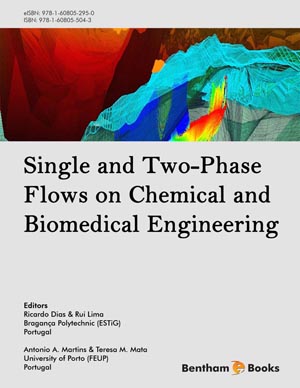Abstract
3D structured materials, especially monoliths have been used for decades in the removal of pollutants in automotive and stationary stations, bulk chemical production and so on. Their applications are expected to rise due to the ever growing concern of global warming. Despite the clear advantages of using materials with a well defined 3D structure, their implementation is often hindered by the absence of detailed information of what happens inside the channels. SpaciMS is a minimum invasive spatially resolved capillary-inlet mass spectroscopy system, often combined with other analytical probes such as thin thermocouples. The probes can be positioned at multiple axial and/or radial locations within the working monolith, enabling for the generation of detailed spatio-temporal maps of the reactions and breakthrough fronts. This antagonist approach from the conventional ‘end-pipe’ analysis which can be often misleading to describe the internal behaviour of structured materials, offers the possibility to test the validity of a pre-conceived kinetic and/or hydrodynamic model instead of the common occurrence of fitting a model from ‘end-pipe’ measurements.
Keywords: SpaciMS, monolith, mass spectroscopy, catalyst, kinetic oscillations, temporal resolution, spatial resolution, high sensitivity, operando, flux, model.






















